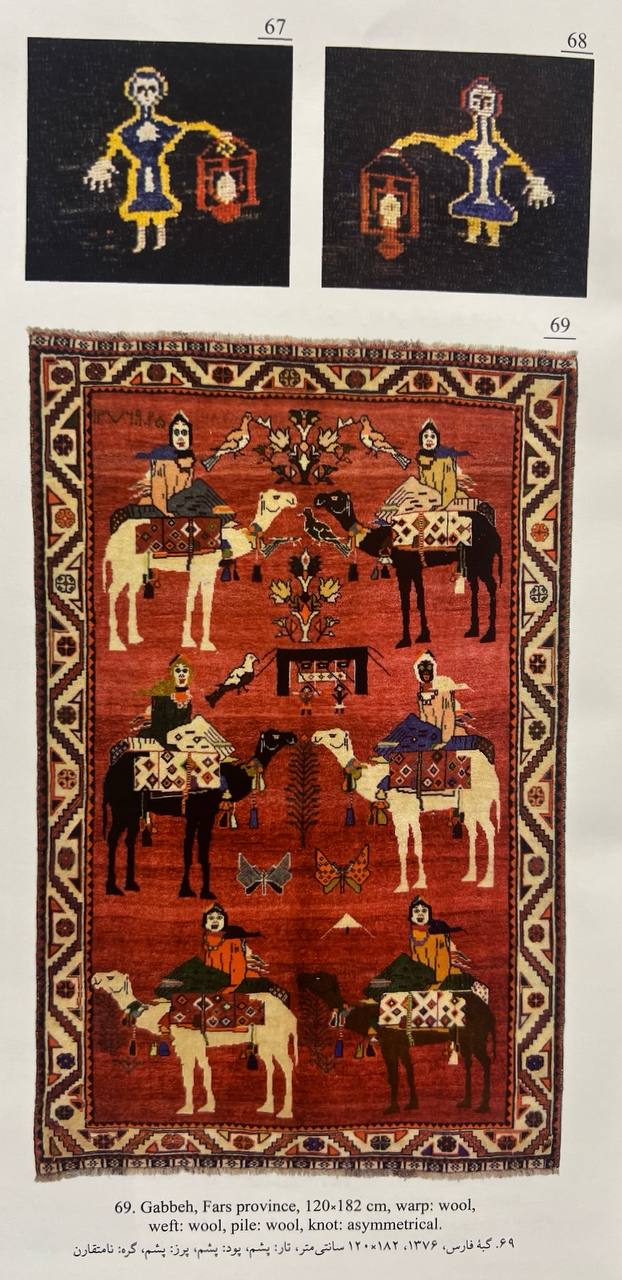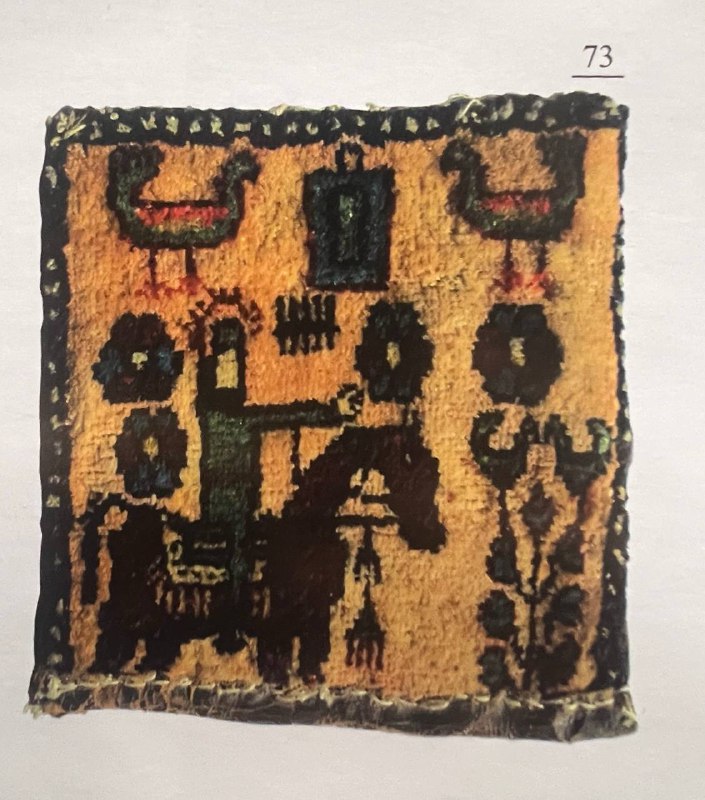Tribal carpets
Each Persian carpet is categorized in three different categories. Tribal, rural and workshop shop carpet. This group of Persian knotted-pile carpets is entirely derived from the life and culture of the people who live as nomads.’ In other words, it can be argued that the vast majority of the necessities of nomadic life are provided by the art of weaving.(Tribal carpets)

From tribal carpets that are used as floor coverings, to very thick but light knotted-pile hand-woven items used as blanket, each has a special place in nomadic life. Gabbeh, chanteh, khorjin, jowal, horse cover, horse blanket, salt bag, rou-takali, etc.,
all are among the knotted-pile items woven by nomads, each of which has their unique aesthetic characteristics in design and pattern. The most famous Persian tribes with well-known carpets and other hand-woven pieces are Shahsavan, Balouch, Lor, Afshar, Qashqai, Arab, Sistani and Kurd.(Tribal carpets)

The most important features of Persian tribal carpets can be summarized in following cases:
1-They usually are small in size and except in special cases, their area is rarely more than five sq. m.
2-One of the most important raw materials in tribal carpets is fleece, which is used for both pile and warp and weft, and their most original knotted-pile items, especially old and museum specimens, are woven from sheep’s wool. In very rare occasions, goat hair is also used in selvages. However, silk has never been employed in weaving tribal carpets.(Tribal carpets)

3-Nomads do not use design plates drawn on paper in carpet weaving. The vast majority of them weave carpets with two methods: mentally a. Using their memory. In this method the entire design, patterns, elements and even color selection are made mentally and in some cases even spontaneously.(Tribal carpets)
Perhaps it is because of such creativity that tribal carpets are considered a perfect example of a work of art. In fact no tribal carpet has a matching pair, and even if re-woven by the same weaver, there would be noticeable differences from the previous pattern. b. Using small pieces of carpet called vagireh, ornak or faqireh.
Each piece contains an adequate amount of motifs and patterns for making several carpets with different patterns. Ornak serves as a small computer memory and contains a lot of information that can be used when needed.

4. The number of colors used in a tribal rug is very limited and barely exceeds a total of 8 to 10 colors. Given the variety of nomads and the considered characteristics for their carpets, it can be said that this group of Persian rugs is quite diverse. That is why it is one of the most favored and the most creative types of Persian art among art experts.(Tribal carpets)

Since 1929 by issuing a statement on settling nomads, Reza Shah made an effort to setle nomads in villages. After all these years, this process still goes on.
Even those who have lived in a village for years are still used to spending time on some plains near their village during summer and spring and live there for a few months in black tents. Their weaves are still rooted in their culture and beliefs but as the time goes on the quality and the quantity of their weaves decrease.
That is why the older these tribal pieces are, the more valuable they are to collectors and specialists.(Tribal carpets)

All of these pieces are also woven as Gelims (flat woven). In very rare pieces, silk was used as material but not for piles. For instance, some old and very rare Qashqai tribal rugs have silky wefts.(Tribal carpets)
Use of cotton in tribal rugs was not common but it is becoming more and more popular among nomads to use cotton for warps and wefts in the past few decades.
